“With the shift of solstice comes to the blessing of harvest time, let there be much fruit in Uttarayana”
Makar Sankranti is celebrated all across the country in different ways and having various cultural significance. Every state welcomes the season of harvest in a different manner. There is a time every month when the sun passes from one sign of the zodiac to the next and that’s how people celebrate the harvest festivals.
Here are some of the festivals of various states and how they welcome the festival of harvest:
- Gujarat
Makar Sankranti in Gujarat is known as Uttarayan. It is a major festival in that state. Gujarati people keenly await this festival to fly kites, called ‘patang’ in various unique designs. Kites for Uttarayan are made of special light-weight paper and bamboo and are mostly rhombus shaped with a central spine and a single bow. Undhiyu (spicy, baked mix of winter vegetables) and chikkis (made from til (sesame seeds), peanuts and jaggery) are the special festival recipes savored on this day.
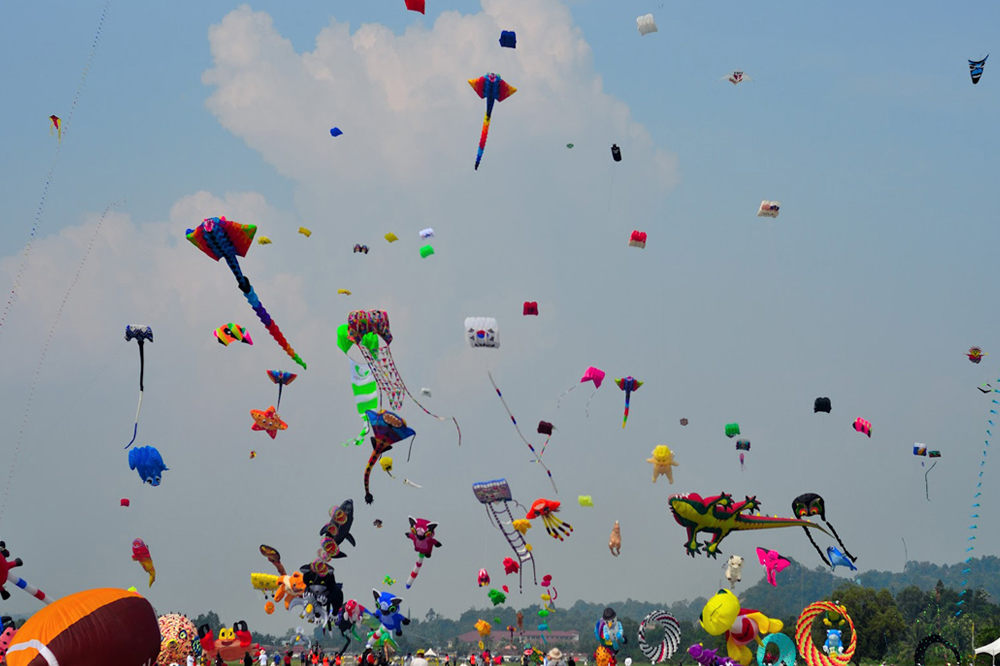
- Rajasthan and West Madhya Pradesh
Makar Sankranti” or “Sankrat” in the Rajasthani language is one of the significant celebrations in the territory of Rajasthan. The day is commended with uncommon Rajasthani treats and desserts, for example, pheeni (either with sweet milk or sugar syrup),til- patti, gajak, kheer, ghevar, pakodi, puwa, and til-laddoo.
The ladies of this district watch a custom wherein they give any kind of article (with family, make-up or nourishment) to 13 married ladies. The first Sankranti experienced by a wedded lady is of essentialness as she is welcomed by her folks and siblings to their homes with her significant other for a major banquet. On this day, the sky in Jaipur and Hadoti districts is loaded up with kites in the day and lanterns in the night.
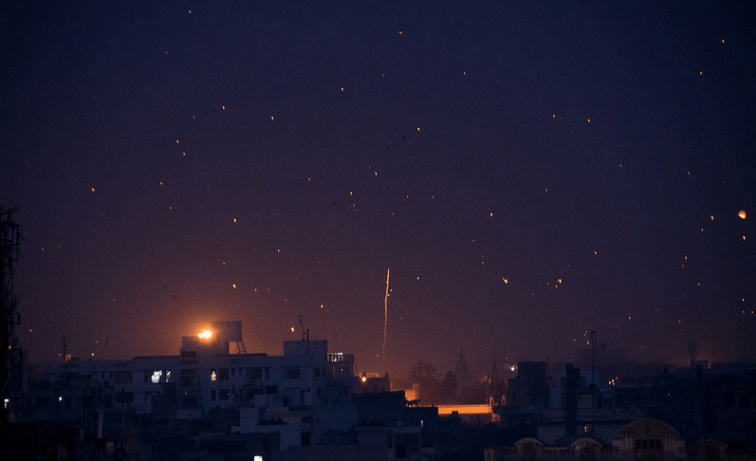
- Maharashtra
In Maharashtra on Makara Sankranti (मकर संक्रान्ति) day people exchange multicolored halwa (sugar granules coated in sugar syrup) and til-gul laadoo (sweets made from sesame seeds and jaggery). Gulachi poli/puran poli (गुळाची पोळी / पुरण पोळी and some gram flour, which has been toasted to golden in pure ghee, are offered for lunch. While exchanging til-gul as tokens of goodwill people greet each other with the words “तिळगुळ घ्या, आणि गोड-गोड बोला / til-gul ghyaa, aani goad-goad bolaa” meaning ‘Accept this til-gul (sweet) and utter sweet words’.
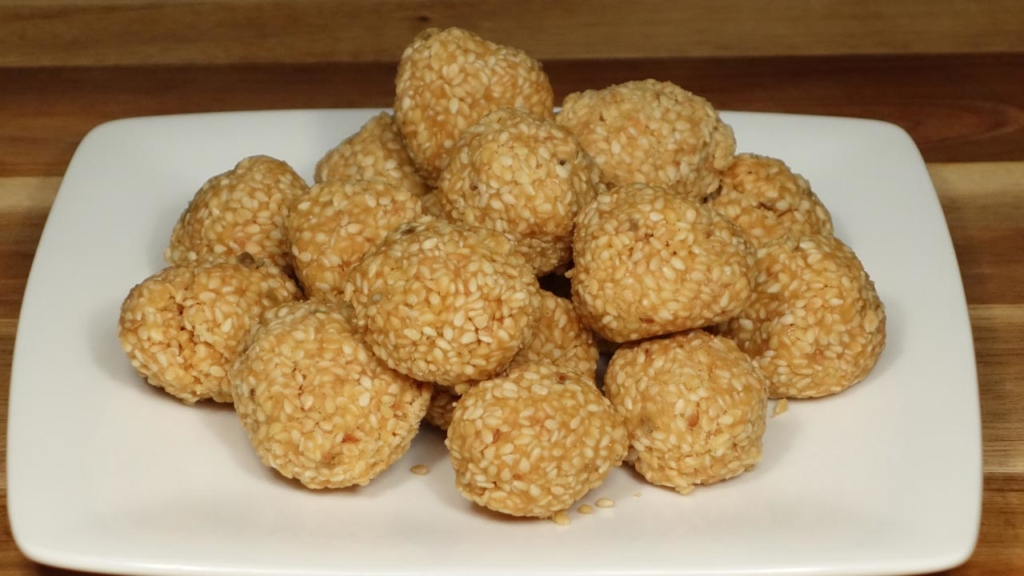
- West Bengal
West Bengal, Sankranti, otherwise called Poush Sankranti named after the Bengali month wherein it falls, is commended as a gather celebration Poush Parbon. The freshly harvested paddy and the date palm syrup as Khejurer Gur and Patali are utilized in the preparation of a variety of traditional Bengali desserts made with rice flour, coconut, milk and ‘khejurer gur’ (date palm jaggery) and known as ‘Pitha’. The Goddess Lakshmi is normally worshipped upon the arrival of Sankranti.
The day after Makar Sankranti the primary day in the month Magh from Bengali calendar. It is called Baharlaxmi Puja as the icon is loved in an open spot.
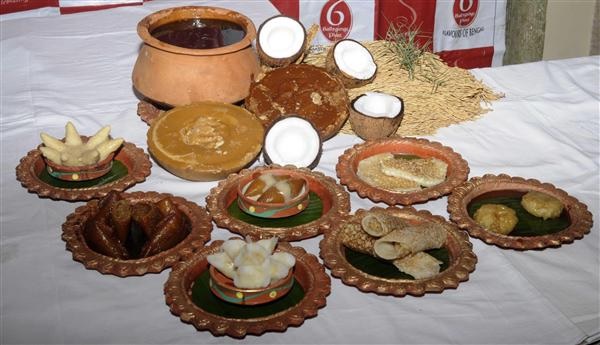
- Punjab
In Punjab, Makar Sankranti is enjoyed as Maghi. Taking a bath in the river in the early hours on Maghi is significant. Hindus light lights with sesame oil as this gives prosperity and drive away all sins. A significant Mela is held at Sri Muktsar Sahib on Maghi which recognizes a recorded occasion in Sikh history. Culturally, individuals move their well-known “bhangra”. It is a tradition to eat “kheer”, rice cooked in milk and sugarcane juice. It is also a custom to have khichdi and jaggery.
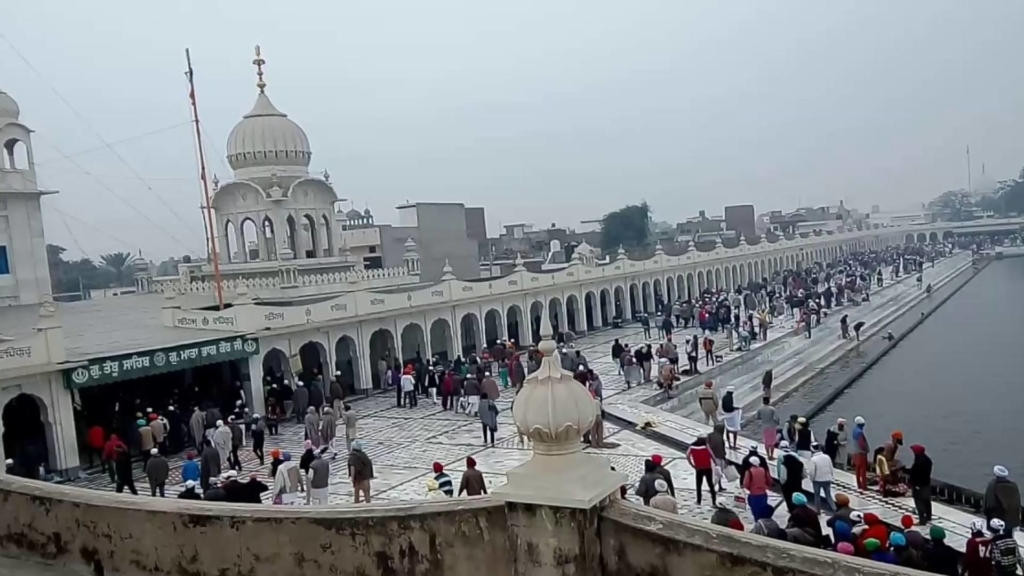
- Bihar and Jharkhand
In Bihar and Jharkhand, the celebration is praised on 14–15 January. On 14 January, it is commended as Makar Sankranti or Sakraat or Khichdi (in neighborhood lingos). As in different pieces of nation, individuals take bath in streams and lakes and have regular indulgences as a festival of good reap. The delights incorporate chura, gur (jaggery), desserts made of til (sesame seeds, for example, tilgul, tilwa, maska, and so forth., curd, milk and occasional vegetables. Kite flying celebrations are planned, yet from a more minor perspective.
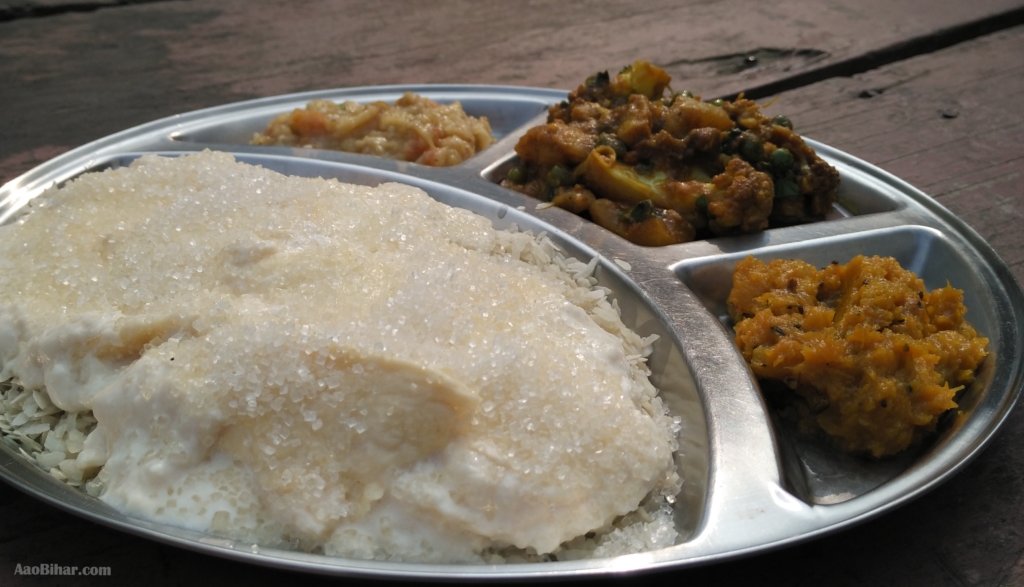
- Uttar Pradesh
The celebration is known as Kicheri in Uttar Pradesh and includes ritual bathing. More than million individuals gather at their respective sacred places for this holy bathing for example, Allahabad and Varanasi in Uttar Pradesh and Haridwar in Uttarakhand. There is an impulse to wash toward the beginning of the day while fasting; first they wash then they eat desserts, for example, til ladoo and gud laddo (known as tillava in Bhojpuri). At certain places new garments are worn on this day. Kite flying is also a.part of the festival in Uttar Pradesh.
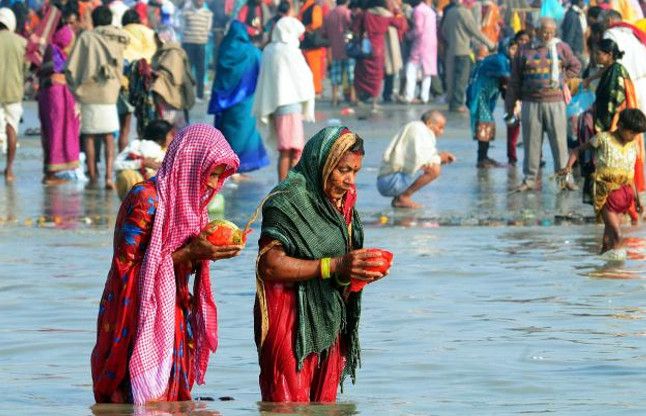
- Delhi and Haryana
Delhi and Haryana and many neighboring states consider Sakraat or Sankranti to be the first celebration of the year. Churma of ghee, halwa, and kheer are cooked on this day. One sibling of each wedded lady visits her home with an endowment of some comfortable garments for her and the whole family. It is classified “Sidha”. Ladies also give a gift to their parents in law, and this ceremony is called “Manana”.
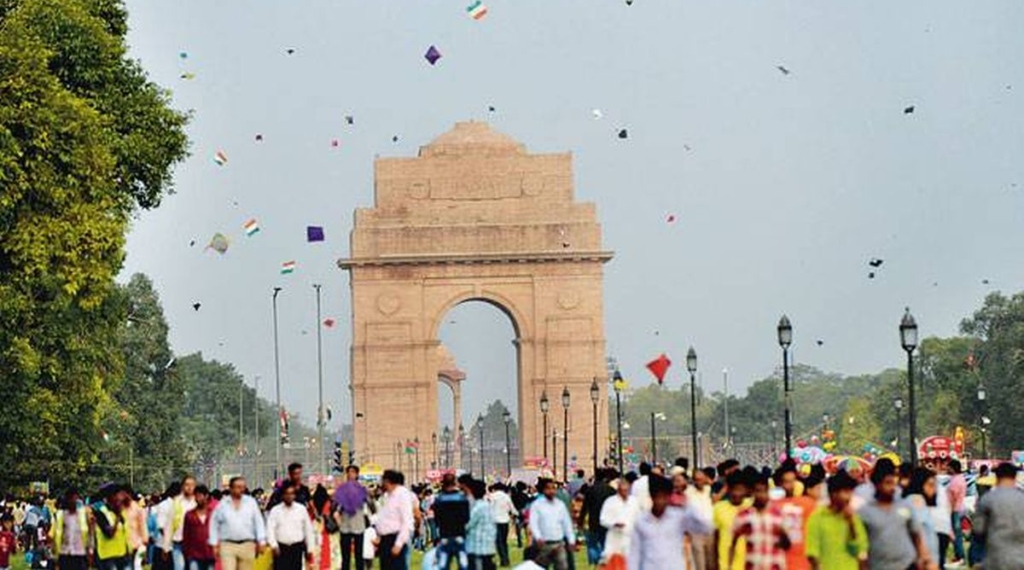
- Assam
Magh Bihu likewise called Bhogali Bihu is a reap celebration celebrated in Assam, India, which denotes the finish of harvesting season in the month of Maagha (January–February). It is the Assam festivity of Sankranthi, with fasting going on for seven days.
The celebration is set apart by feasts and bonfires. makeshift huts, known as meji, from bamboo, leaves and thatch, in which they eat the food prepared for the feast, and then burn the huts the next morning . The festivities likewise highlight customary Assamese games, for example, tekeli bhonga (pot-breaking) and battling.).
During Magh Bihu people of Assam make cakes of rice with various names such as Shunga Pitha, Til Pitha etc. and some other sweets of coconut called Laru.
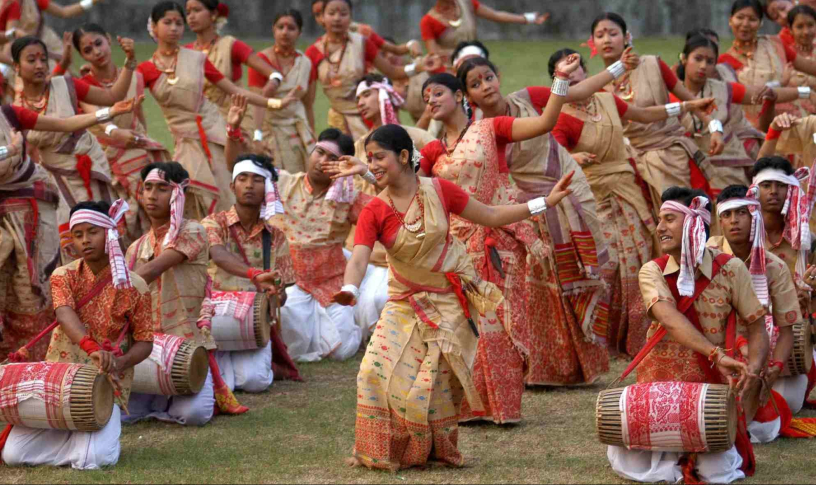
- Tamil Nadu
The festival in Tamil Nadu is observed for three or four. The four days are –
- Bhogi Pongal: in the ceremony called Bhogi Pallu, fruits of the harvest such as regi pallu and sugar cane are collected along with flowers of the season.
- Surya Pongal: Tamilians decorate their homes with banana and mango leaves and embellish the entrance space before homes, corridors or doors with decorative floral, festive or geometric patterns drawn using colored rice flour. These are called kolams.[5]
- Mattu Pongal: Other events during Pongal include community sports and games such as cattle race, the Jallikattu.[35][38] The major cultural festivals on Pongal occur near Madurai.[5]
- Kanum Pongal: Kanu Pidi is a tradition observed on Mattu Pongal by women and young girls. They place a leaf of turmeric plant outside their home, and feed the leftover pongal dish and food from Surya Pongal to the birds, particularly crow.
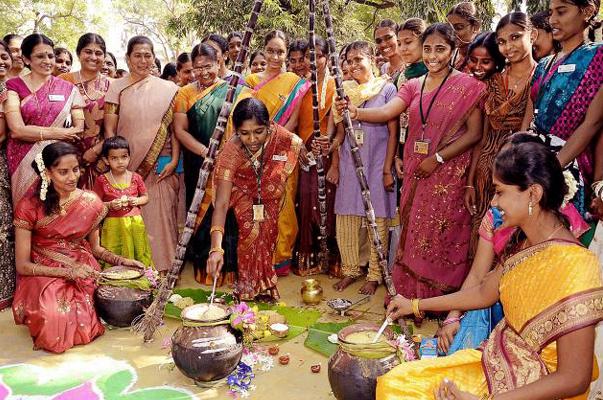
It doesn’t matter where you are, enjoy the festival of harvesting and also the first festival of the year.


